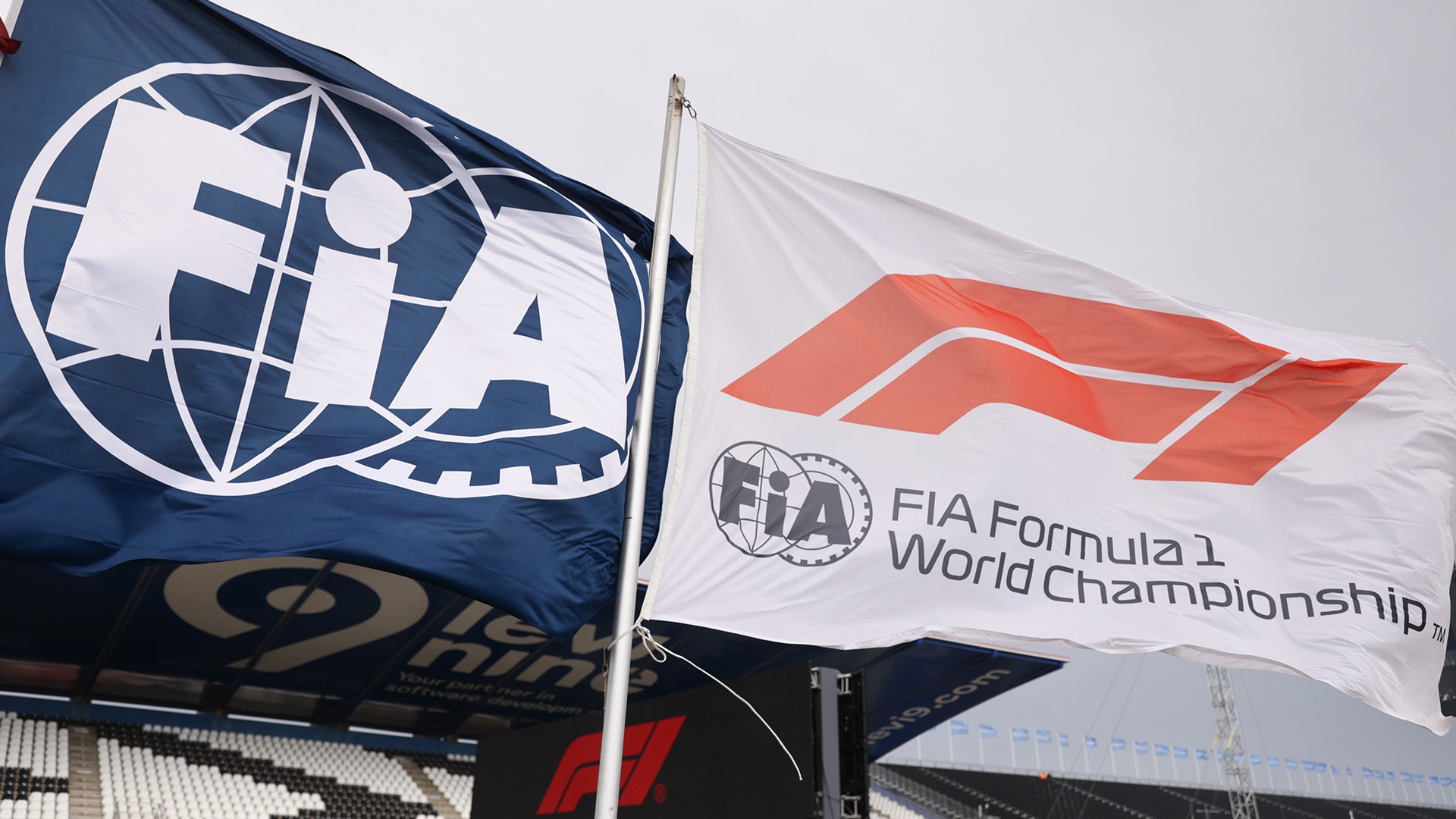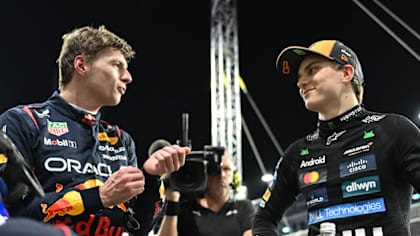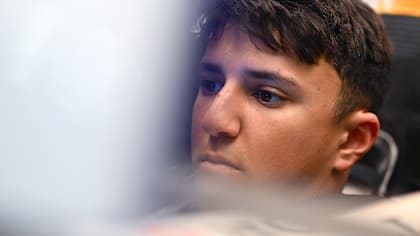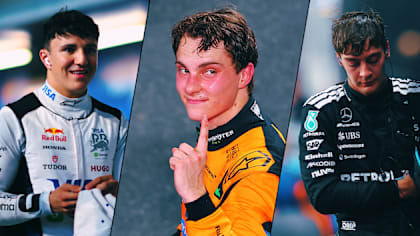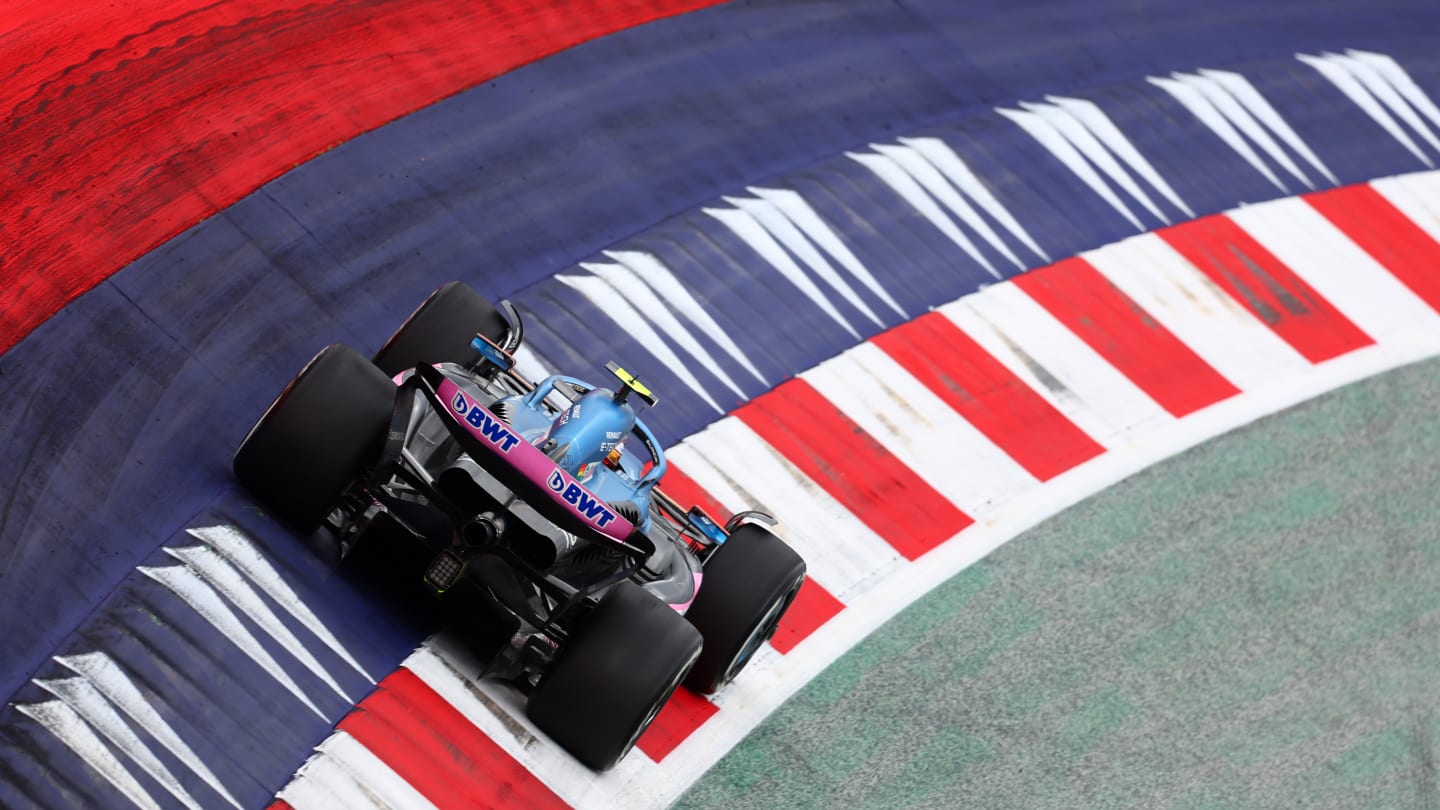
Feature
EXPLAINED: How key changes to the Red Bull Ring look to avoid last year's track limits issue

Share

Austria’s Red Bull Ring will look a little different this year, with F1’s governing body, the FIA, making a few simple changes to the circuit in order to avoid a repeat of the hundreds of track limits violations that kept the stewards so busy at last year’s Austrian Grand Prix. Here’s what you need to know…
What happened last year?
You may remember that several hours after the chequered flag fell at the Red Bull Ring, the FIA handed out 12 penalties to eight drivers following a review of additional track limits violations.
DESTINATION GUIDE: What fans can eat, see and do when they visit Styria for the Austrian Grand Prix
In total, the FIA had more than 1,200 potential track limits violations to review – a staggering number. That roughly works out at around 17 potential violations per lap. And a lap at the Red Bull Ring only lasts just over a minute.
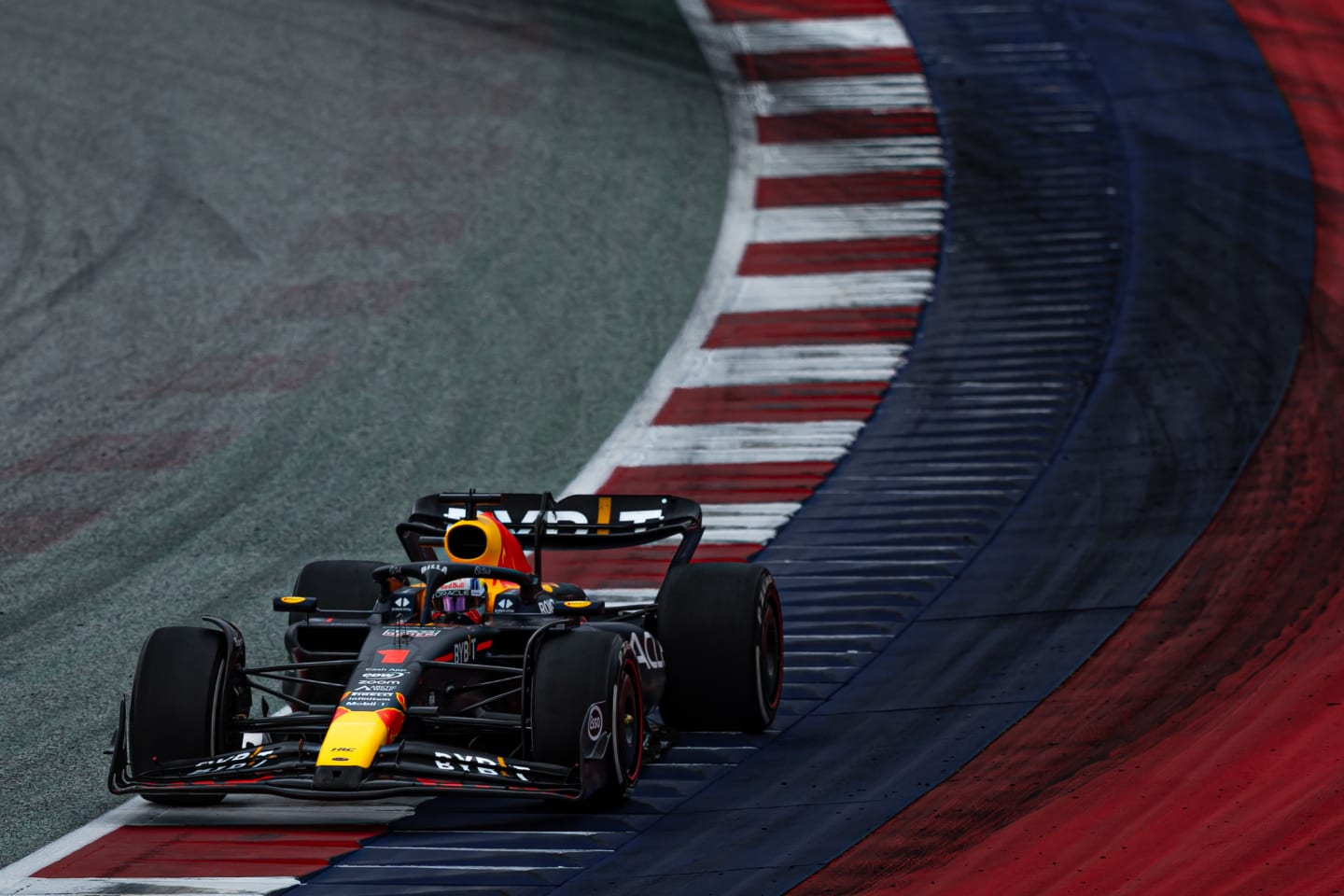
Key changes have been made to tackle the track limits issue in Austria
Crikey, that is a lot. Remind me, what are track limits?
Track limits are the boundary around the edge of a circuit. These are defined by a white line. Should a driver cross that line with all four wheels, they have breached track limits. Do that a certain number of times and you’ll be penalised.
In Austria, track limits were a particular issue at Turns 9 and 10 because there is an asphalt verge behind the exit kerbs, which offers almost the same level of grip as the track.
In terms of lap time, engineers have found that running over the kerb and onto the verge gains you lap time – and thus that’s why we saw so many drivers do it.
IT'S RACE WEEK: 5 storylines we're excited about ahead of the 2024 Austrian Grand Prix
Gotcha. What has been done to stop this happening?
The FIA have moved to install a 2.5m wide gravel strip behind the kerb at the exits of Turns 9 and 10. And at Turn 4, they’ve moved the white line to make the distance to the gravel less than two metres (the current cars are two metres wide) so that you can’t squeeze between the white line and the gravel.
“This year we’re creating a natural deterrent with the installation of a gravel strip and we’re adding more clarity in how we delineate the limits of the track,” said FIA F1 Race Director Niels Wittich.
Jolyon Palmer's Analysis: The reasons behind Austria's track limits struggle | Workday
“They will know where the limit is. That’s what they want and what they have asked for. They will get feedback, they will feel it when they get close to the gravel, and if they do dip a wheel onto the gravel it will penalise them because the car will be slower.
“It’s a natural deterrent and that has been the number one request from the drivers. It takes away any temptation to explore the limits because there is no gain anymore.
“If it’s just a line or just asphalt, drivers and teams will always go to the last millimetre because you can. But when you run over the gravel, it’s impossible to be faster.”
TECH WEEKLY: The Red Bull set-up dilemma that allowed McLaren to sneak pole in Barcelona
That all make sense. And what’s this I hear about an additional blue line being added, too?
You’ve got good intel! As the kerb width at the Red Bull Ring is two metres and there wasn’t enough time to remove the kerb and switch it for something similar to what was installed in China this year (a one metre kerb and then gravel), the FIA have artificially shortened the width of the kerb by moving the white line onto the kerb.
Now as the kerbs are red and white, that makes it tricky to see the white line clearly – so there is also an additional blue line behind just to make it easy for marshals, and those working in the FIA Remote Control Centre and Race Control, to identify when a driver is over the limit.
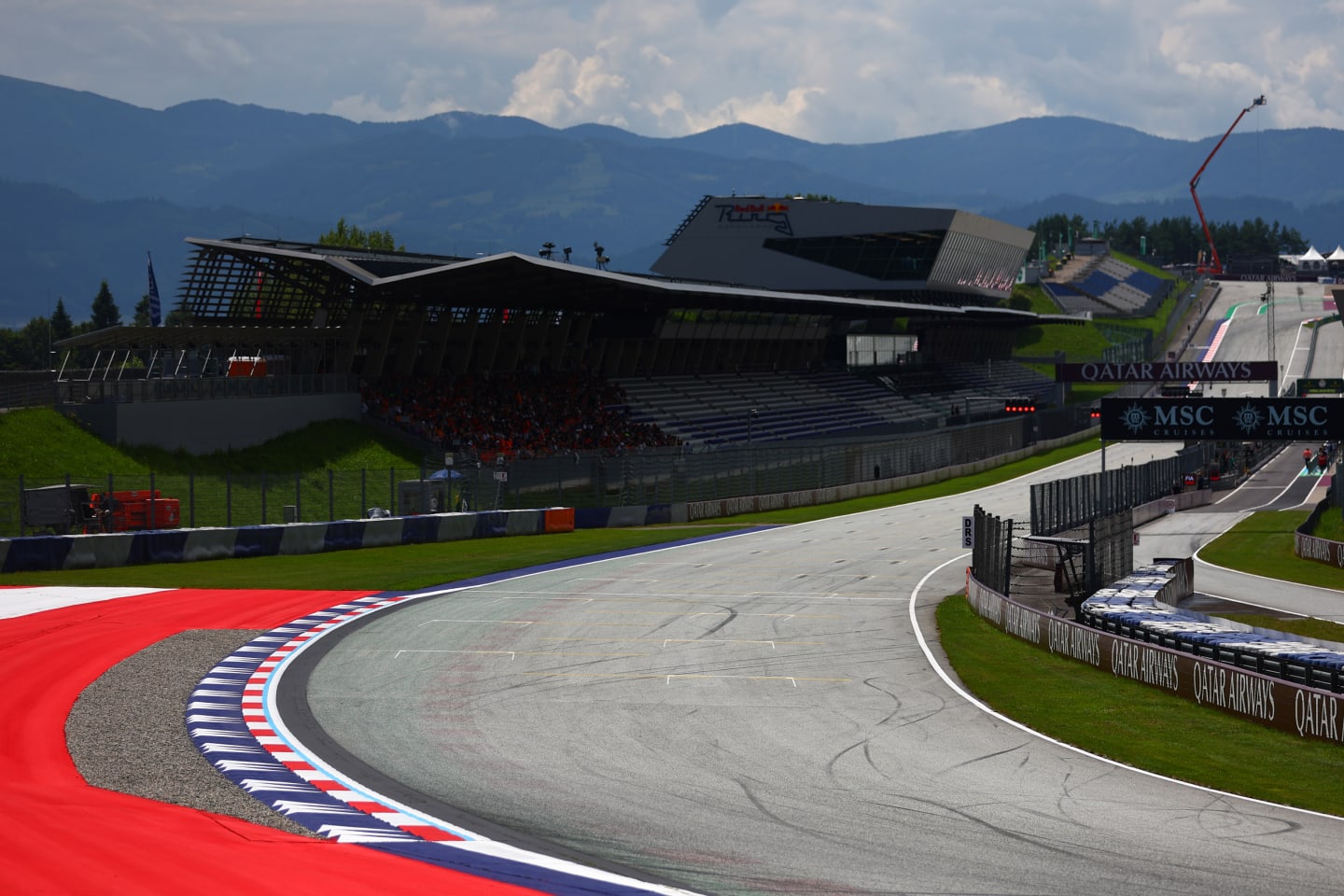
A gravel strip has been installed directly behind the kerb at exit of Turn 9 and Turn 10, while the light blue line clearly separates the white line from the kerb
“The track limit judgment is still the same,” said Wittich. “Once there’s no part of the car on the white line, that’s it. This is just to help. In the past it was a painted white line against a white kerb. So it was not 100% to say, ‘OK, we think the tyre is off, yes, but we can’t prove it because it’s white line, white kerb’.
“Now, you’ll see black tyres on the light blue. Nothing is in contact with the white line anymore. Job done. The driver is out.”
YOU MIGHT ALSO LIKE
News 'That's what you need to fight for a championship' – Verstappen reveals key Piastri trait that could help him in title battle
News ‘One of my most difficult days in Formula 1’ – Doohan pinpoints area for improvement after challenging Saudi Arabian GP
News ‘Nothing I could have done’ – Hadjar reveals the ‘super-frustrating’ reason he didn’t score bigger in Saudi Arabian GP
FeatureF1 Unlocked 5 Winners and 5 Losers from Saudi Arabia – Who leaves Jeddah the happiest and who has work to do?
